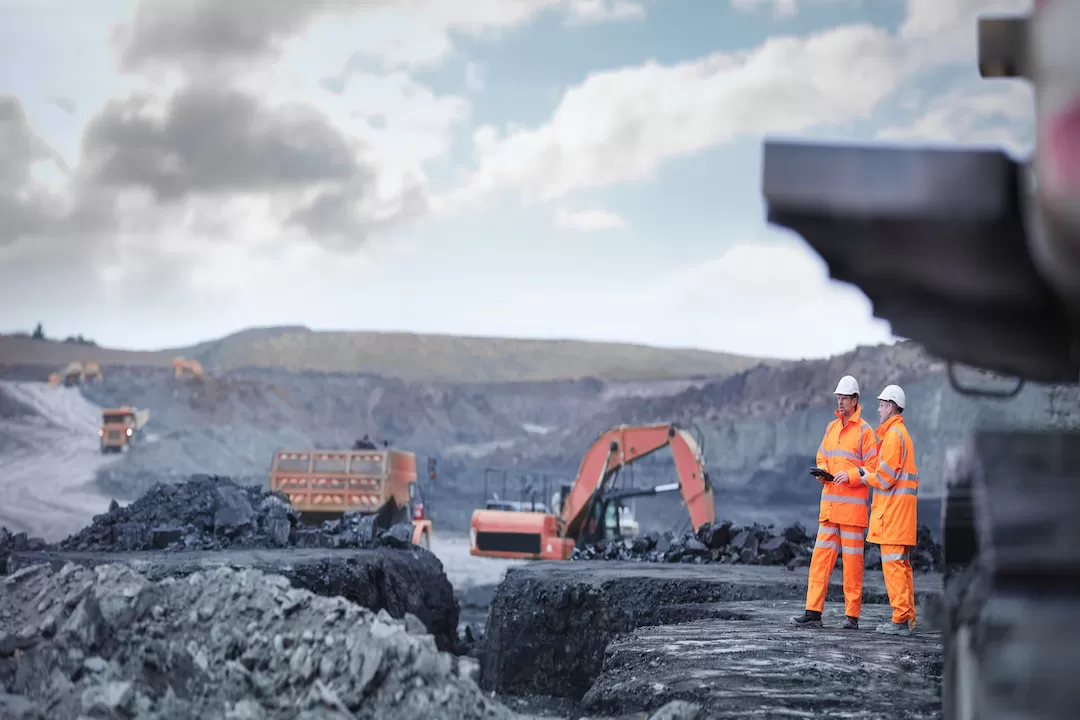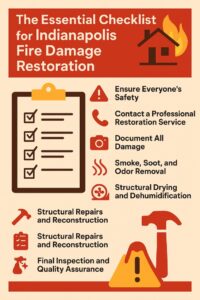The mining industry relies on robust equipment to handle the intense demands of extracting, processing, and transporting materials. One crucial component that ensures smooth and efficient operation is the Valves for Mining Operations. Valves control fluid flow, maintain pressure, and manage the transport of slurries, gases, and other substances essential to mining processes. Selecting the right valves for mining applications is essential, as the wrong choice can lead to costly downtime and system failures.
Given the harsh conditions in mining environments, from abrasive particles to extreme pressures, valves need to be particularly durable and reliable. Different mining applications, such as slurry transport, acid leaching, and water management, each require specialized valve types. With numerous options available, from gate valves to butterfly valves, making the right choice demands an understanding of each valve’s unique features and capabilities.
In this article, we will explore how to choose the best valves for mining operations, covering key factors like material compatibility, pressure ratings, and operational efficiency. Additionally, we’ll hear insights from Heitor Gomes, CEO of Policon Controle e Transporte de Fluidos, an expert in fluid control solutions.
Understanding the Demands of Mining Environments
Mining operations are characterized by extreme conditions that impose significant strain on equipment. For valves, these demands include exposure to abrasive slurries, corrosive chemicals, and fluctuating pressures, all of which can degrade materials over time. Choosing valves that withstand these elements is essential for maintaining operational efficiency and preventing leaks or breaks in the system.
The right valve type depends largely on the specific application. For instance, slurry handling requires valves with high abrasion resistance to avoid erosion, like Válvula Guilhotina. Meanwhile, acid leaching processes need valves that can withstand corrosion from chemicals like sulfuric acid. Each application imposes unique demands, making the choice of valve critical for both performance and longevity.
Another factor to consider is the maintenance requirements. Mining operations are often located in remote areas, making frequent maintenance challenging and costly. Valves that offer durability and low maintenance needs, therefore, save time and resources in the long run. Prioritizing valves that can handle continuous operation without frequent intervention can significantly reduce downtime.
Finally, safety is paramount in mining. High-pressure systems, corrosive materials, and heavy equipment pose risks to both personnel and machinery. Selecting valves that ensure stable performance and reduce the risk of failure protects both workers and the environment, reinforcing the importance of choosing robust valve solutions.
Types of Valves and Their Applications in Mining
There are several types of valves used in mining, each suited to specific applications. Some of the most common options include gate valves, ball valves, butterfly valves, and check valves. Understanding the distinct functions of each type is crucial to selecting the right valve for mining.
Gate valves are widely used in mining for their ability to fully open or close flow. They are ideal for on/off applications, such as isolating parts of the system for maintenance. However, they may not be suitable for throttling, as partial operation can cause wear. Ball valves offer excellent sealing and are effective for high-pressure applications, making them a good choice for systems that require reliable shutoff capabilities.
Butterfly valves are another popular choice, particularly for handling large volumes of water. Their lightweight design makes them suitable for situations where space and weight are concerns. Additionally, check valves are commonly used in mining to prevent backflow, which is essential in operations where contamination could damage equipment.
Each of these valve types has unique advantages and limitations for controle de fluidos. When selecting valves for a mining operation, it’s essential to evaluate each type based on its compatibility with the specific demands of the application.
Material Selection for Mining Valves
The choice of material is critical in ensuring valve durability, especially in mining environments where valves face constant exposure to abrasive and corrosive elements. Some common materials include stainless steel, cast iron, and high-grade alloys, each offering specific benefits.
Stainless steel is a versatile option, known for its corrosion resistance and strength. It’s particularly suited for applications involving acidic or chemically reactive materials. Cast iron, on the other hand, offers durability at a lower cost, making it ideal for basic water handling applications in non-corrosive environments. For extremely harsh conditions, high-grade alloys like titanium are used, though they are more expensive.
Another option to consider is coating materials. Special coatings, such as ceramic linings, can enhance a valve’s resistance to abrasion, extending its lifespan. For mining applications involving highly abrasive slurries, valves with these coatings can be a cost-effective solution that minimizes wear.
Choosing the right material depends not only on the valve’s application but also on the balance between cost and durability. Opting for more resilient materials upfront can lead to cost savings over time by reducing replacement frequency and downtime.
Choosing Reliable Valves with Heitor Gomes
For a professional perspective on selecting mining valves, we reached out to Heitor Gomes, CEO of Policon Controle e Transporte de Fluidos, a leader in fluid control solutions. Gomes highlights that one of the biggest challenges in mining is finding valves that balance durability with cost-effectiveness, particularly in abrasive environments.
“In mining, valves are subject to some of the harshest conditions,” explains Gomes. “Choosing a valve that doesn’t match the application can lead to frequent failures, which means not only the cost of replacement but also production delays.” He emphasizes that understanding the operational demands and investing in quality valves initially can lead to long-term savings.
Gomes also mentions the importance of working with trusted suppliers who understand mining challenges. “The right supplier, for exempla: The PEXGOL pipes, can provide valuable guidance on material choice, valve types, and even maintenance practices, which are critical to keeping systems running efficiently,” he says.
Finally, Gomes suggests that companies consider both initial costs and long-term operational expenses when selecting valves. “High-quality valves may have a higher upfront cost, but they minimize downtime and maintenance, which is invaluable in mining operations,” he concludes.
Maintenance and Lifecycle Management for Mining Valves
Once the appropriate valves are selected, proper maintenance becomes essential to extend their lifespan and ensure consistent performance. Mining operations often face unique challenges that make valve maintenance difficult, so establishing a routine maintenance schedule is key.
Preventative maintenance is one of the most effective ways to extend valve life. This can involve regular inspections, lubrication, and timely replacements of worn components. Preventative care not only reduces the likelihood of unexpected failures but also improves overall system efficiency. Operators should schedule maintenance during planned downtime to minimize disruptions.
Furthermore, having spare valves and parts on-site is recommended, especially for remote locations. Quick access to replacements reduces downtime when issues arise. In addition, some valves come with monitoring technology that allows real-time tracking of performance, alerting operators to potential problems before they lead to failures.
In conclusion, the right maintenance practices are as critical as choosing the best valves. Companies that invest in both quality valves and comprehensive maintenance plans can achieve longer valve lifecycles, reduced costs, and improved system reliability, making these strategies essential for effective mining operations.
Ensuring Efficiency and Longevity in Mining with Quality Valves
Choosing the best valves for mining operations requires careful consideration of application needs, environmental challenges, and long-term operational goals. Valves that align with these demands provide not only improved performance but also cost savings through reduced downtime and maintenance.
Insights from experts like Heitor Gomes underscore the importance of investing in quality valves that match specific operational needs. High-quality valves that meet the rigors of mining environments ensure a stable and efficient flow of materials, allowing operations to run smoothly and safely.
In summary, selecting the right valves for mining can make a substantial difference in operational efficiency and cost-effectiveness. By understanding the different types of valves, choosing suitable materials, and committing to regular maintenance, mining companies can enhance their systems and protect their investments for years to come.









